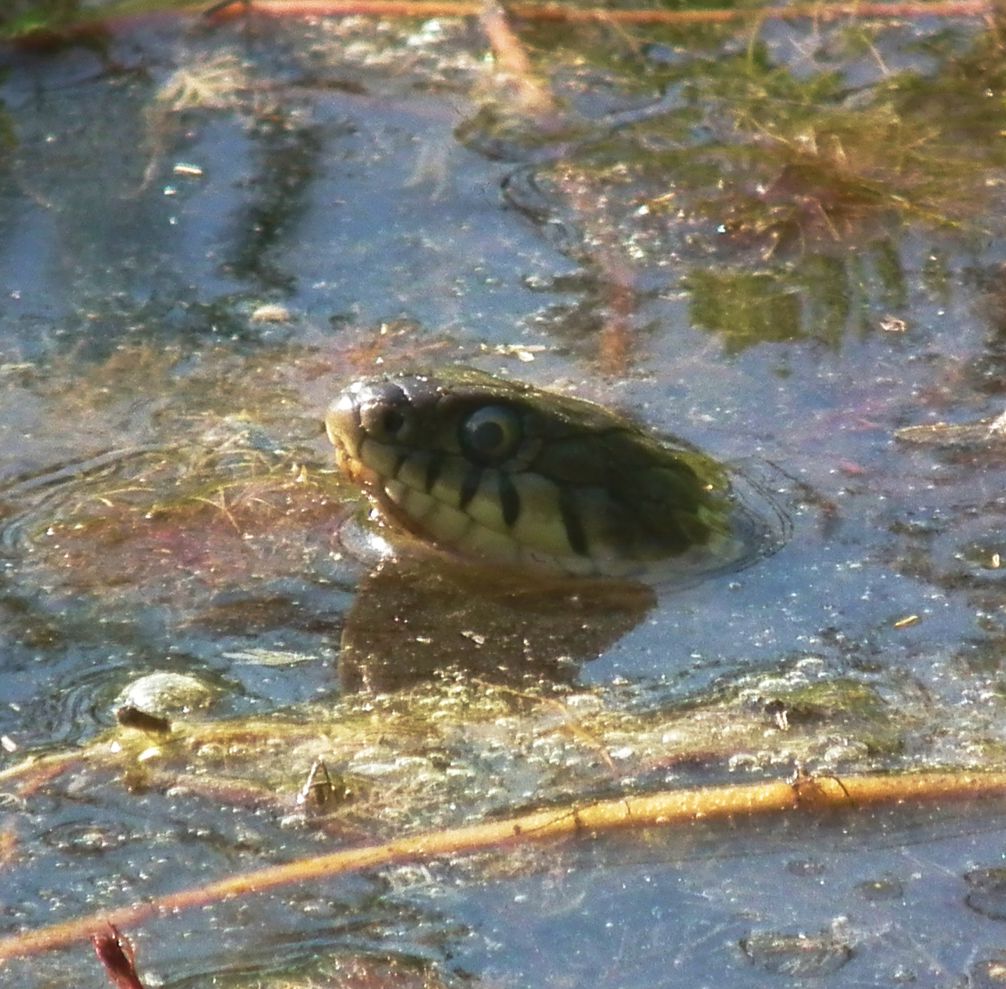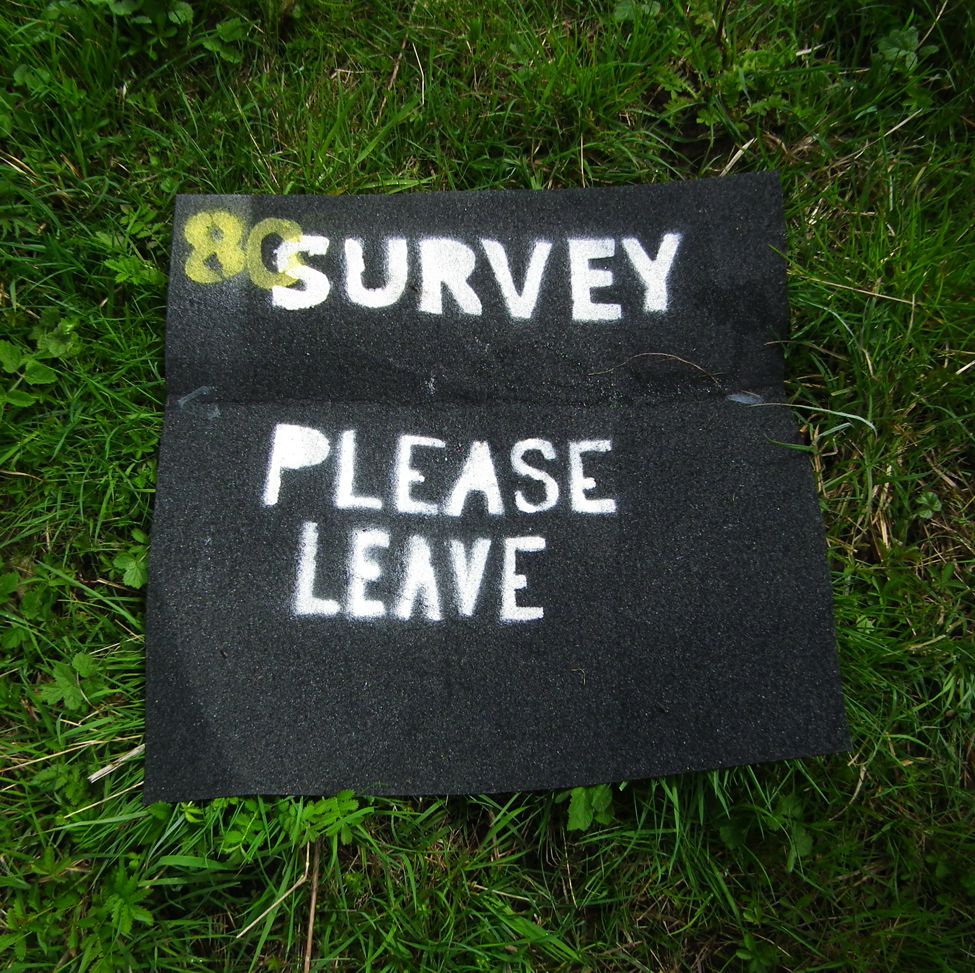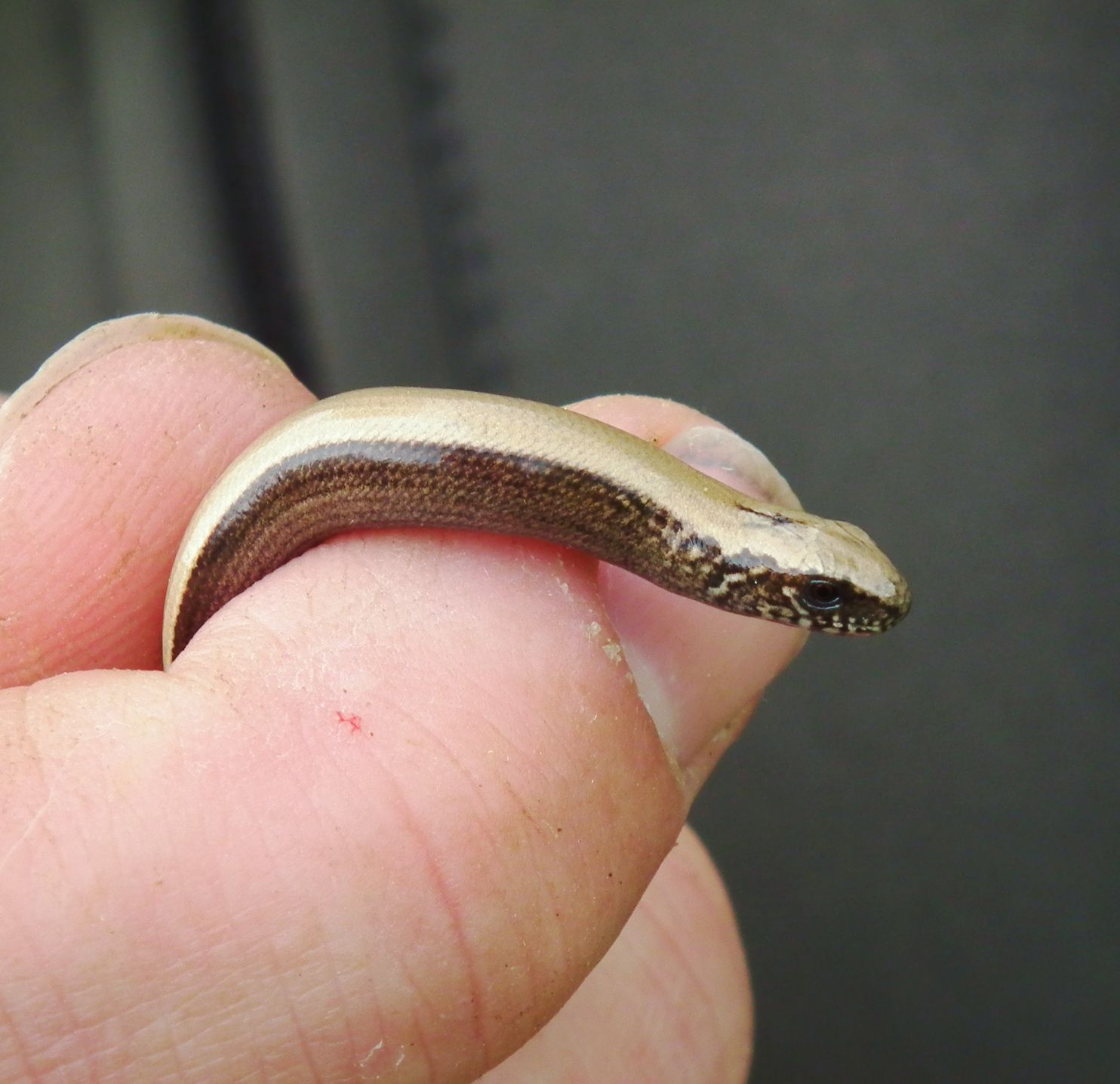
September 2021

June 2019
Grass snakes and slowworms are two of 6 reptile species native to the UK. Grass snakes eat mostly frogs and fish and can be seen hunting in water or (sometimes) basking in the sun. Slowworms are legless lizards feeding mostly on slugs, worms and other slow-moving prey. They are rarely seen as they prefer to feed after dusk and hide under stones and logs during the day. Their Latin name, Anguis fragilis, means ‘fragile snake’ because they can drop their tails when seized (like lizards do).
In 2016, a large group of slowworms was translocated to Bayfordbury from development sites in Hertfordshire. Since then, their numbers have been monitored using artificial refugia (also known as ‘reptile mats’). Artificial refugia are made from a range of cover materials (for example, a piece of carpet or a wooden plank) and placed in the area used by reptiles. The refugia serve as natural hiding places and can be easily inspected by gentle lifting. Many other animals, including small mammals, newts, toads, slugs, spiders, use them too.


May 2014
The effect of the material on the efficiency of the refugia in attracting slowworms was investigated by Hannah Regis as part of her studies at the University of Hertfordshire (Regis, 2017). Hannah placed 120 refugia made from bitumen, carpet, onduline and tin in Rough Hills and a piece of grassland near Hook’s Grove to test whether any material type would have a higher rate of sightings of slowworms. The conclusion was that no material was more effective for slowworm surveying, but onduline had more sightings of small mammals.
Reptile surveys are also part of training for Environmental Management students and are coordinated by Ian Flack and Chantal Helm.
Reference:
Regis H.L. (2017). An Assessment of Different Artificial Refugia and Their Efficacy for Surveying Slow Worms and Other Grassland Vertebrate Fauna. Thesis submitted as part of requirement for the BSc (Hons.) Physical Geography, University of Hertfordshire.